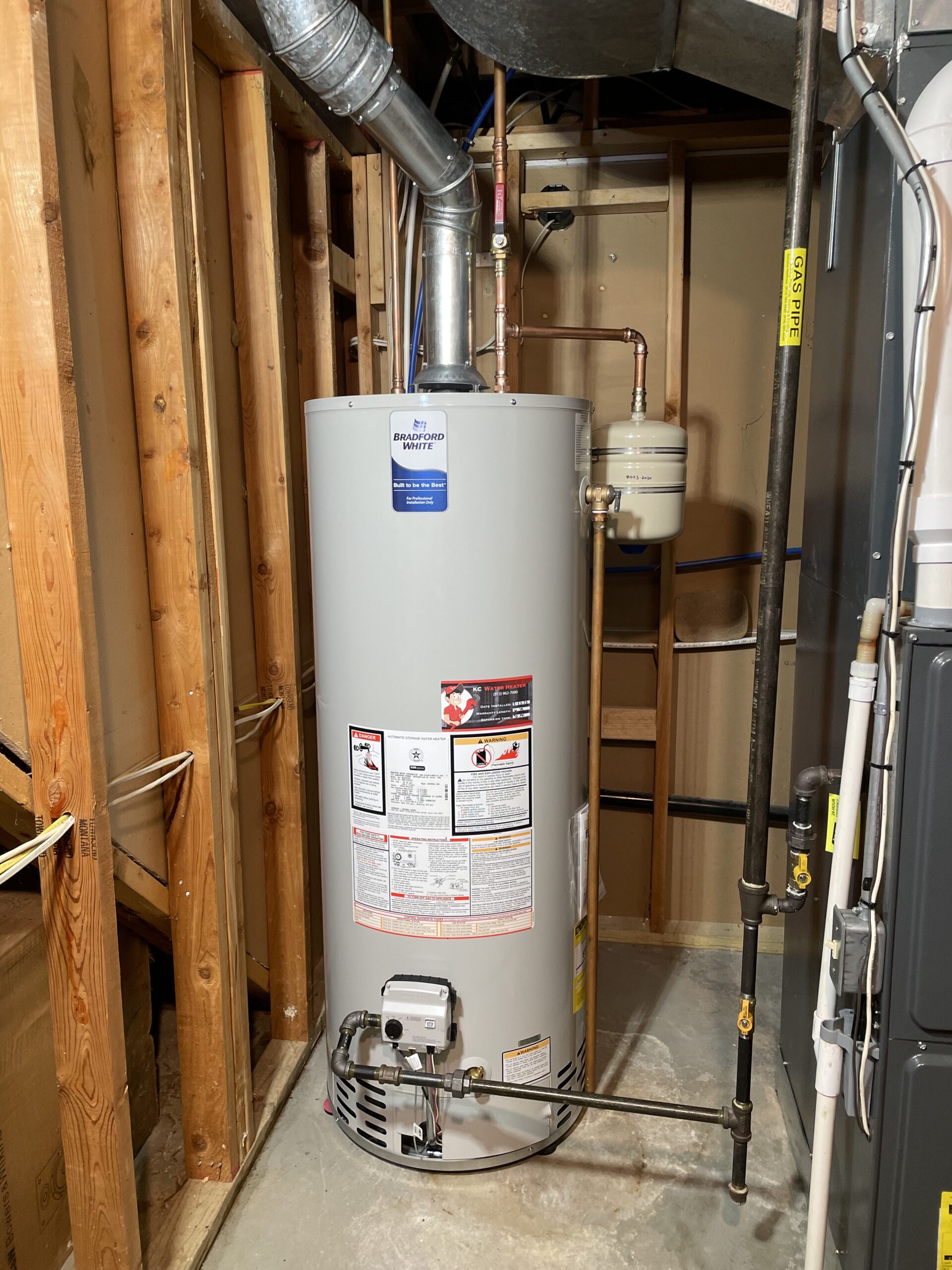The author is making a number of good pointers related to How to Maintain a Hot Water Heater in a Few Simple Steps in general in the content following next.

Warm water is vital for daily convenience, whether it's for a refreshing shower or washing recipes. To ensure your warm water system runs efficiently and lasts longer, normal maintenance is crucial. This article supplies practical ideas and understandings on how to preserve your home's warm water system to avoid interruptions and pricey repair work.
Intro
Maintaining your home's hot water system could seem complicated, but with a few straightforward steps, you can ensure it runs efficiently for years to find. This overview covers whatever from understanding your hot water system to do it yourself upkeep tips and understanding when to employ professional help.
Value of Preserving Your Warm Water System
Normal maintenance not only prolongs the life expectancy of your warm water system yet additionally ensures it operates effectively. Ignoring upkeep can bring about lowered performance, greater energy bills, and even premature failure of the system.
Indications Your Hot Water System Needs Maintenance
Understanding when your warm water system requires interest can stop significant concerns. Watch out for indications such as irregular water temperature level, odd sounds from the heating system, or corroded water.
Purging the Water Heater
Flushing your water heater eliminates sediment buildup, improving efficiency and prolonging its life.
Monitoring and Changing Anode Rods
Anode poles protect against deterioration inside the container. Evaluating and changing them when worn is essential.
Complicated Issues Requiring Professional Aid
Instances consist of major leakages, electric issues, or if your water heater is regularly underperforming.
Routine Professional Upkeep Perks
Professional maintenance can consist of detailed examinations, tune-ups, and making sure compliance with safety standards.
Inspecting and Adjusting Temperature Level Settings
Adjusting the temperature level settings ensures optimum performance and safety.
Do It Yourself Tips for Upkeep
You can carry out numerous upkeep tasks on your own to keep your warm water system in leading condition.
Looking for Leaks
Routinely evaluate pipes and connections for leaks, as these can lead to water damages and higher costs.
Understanding Your Warm Water System
Before diving right into maintenance tasks, it's helpful to recognize the fundamental parts of your hot water system. Typically, this consists of the water heater itself, pipelines, anode rods, and temperature level controls.
Month-to-month Maintenance Tasks
Regular monthly checks can aid capture minor problems before they intensify.
Examining Pressure Relief Valves
Checking the pressure relief valve guarantees it works appropriately and stops too much stress buildup.
Shielding Pipelines
Shielding warm water pipes minimizes heat loss and can conserve energy.
When to Call an Expert
While do it yourself upkeep is helpful, some concerns need professional competence.
Conclusion
Regular maintenance of your home's hot water system is crucial for efficiency, durability, and price financial savings. By complying with these tips and knowing when to seek expert assistance, you can make certain a trusted supply of hot water without unanticipated interruptions.
How to Maintain an Instant Hot Water Heater
Before tinkering with your hot water heater, make sure that it’s not powered on. You also have to turn off the main circuit breaker and shut off the main gas line to prevent accidents. Also turn off the water valves connected to your unit to prevent water from flowing into and out of the appliance. 2. When you’re done, you have to detach the purge valves’ caps. These look like the letter “T†and are situated on either side of the water valves. Doing so will release any pressure that has accumulated inside the valves while at the same time avoid hot water from shooting out and burning your skin. 3. When the purge valves’ caps are removed, you have to connect your hosing lines to the valves. Your unit should have come with three hoses but if it didn’t, you can purchase these things from any hardware or home repair shops. You can also get them from retail stores that sell water heating systems. Read the user’s manual and follow it to complete this task properly. When the hosing lines are connected, open the purge port’s valves. 4. You should never use harsh chemical cleaners or solutions when cleaning your unit. Make use of white vinegar instead. It should be undiluted and you’ll probably use about 2 gallons. 5. Now flush your water heater. This task should probably take about 40 minutes. We can’t give you specific directions for this because the procedure is carried out depending on the type, model and brand of your heater. With that being said, refer to the user’s manual. 6. When you’re done draining the unit, you have to turn off the purge port valves again. Remove the hosing lines that you earlier installed on each of the water valves. Put the valve caps (purge port) back in their respective places and be very careful so as not to damage the rubber discs that are found inside these caps. 7. Now that everything’s back in place, check your user’s manual again to find out how to reactivate your water heating system. 8. Once it is working, turn one of your hot water faucets on just to let air pass through the heater’s water supply pipes. Leave the tap on until water flows smoothly out of it. https://www.orrplumbing.com/blog/2014/september/how-to-maintain-an-instant-hot-water-heater/

Do you like more info about What Kind of Maintenance Do Water Heaters Need?? Make a remark further down. We'd be happy to find out your insights about this entry. Hoping that you come back again in the future. Loved our article? Please quickly share it. Let someone else check it out. I take joy in reading our article about How to Maintain Your Water Heater & Prolong its Life.
Call